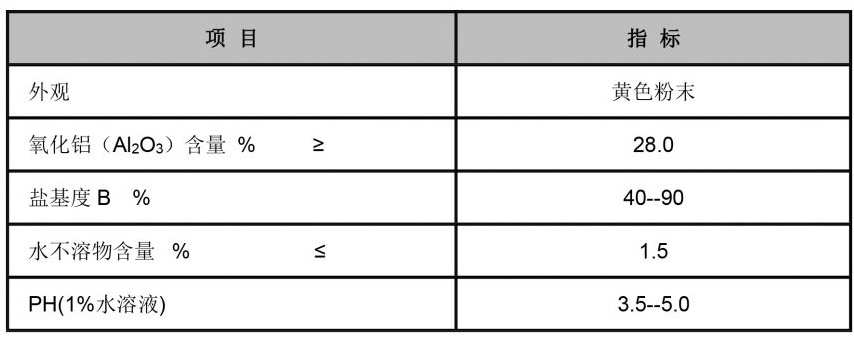Polymer-Based Solutions for Enhanced Water Purification Processes and Their Applications
Understanding Polyaluminium Chloride Solution Applications and Benefits
Polyaluminium chloride (PAC) is a widely used inorganic polymer coagulant, predominantly utilized in water treatment processes. This compound is formed by the hydrolysis of aluminium chloride, producing a range of different molecular species that make it effective in various applications, particularly in water purification, waste treatment, and even in the food industry. The solution of polyaluminium chloride consists essentially of aluminium ions and hydroxyl ions, and its properties make it an advantageous choice for many treatment processes.
Chemical Properties and Composition
Polyaluminium chloride is characterized by its unique chemical properties. It typically appears as a clear, yellowish to light brown liquid, depending on its specific formulation. The composition can vary, but it generally contains between 10% to 18% aluminium oxide (Al2O3). The primary mechanism of PAC for coagulation involves neutralizing the charges in suspended particles, promoting their aggregation, which leads to sedimentation or flotation.
Applications in Water Treatment
One of the most significant applications of polyaluminium chloride is in municipal and industrial water treatment processes. PAC is used in the coagulation and flocculation stages to remove impurities, including suspended solids, bacteria, and organic matter. This is essential for producing potable water and treating wastewater. In drinking water treatment, PAC helps in achieving lower turbidity levels compared to traditional coagulants like alum, allowing for cleaner water with a more efficient process.
PAC’s usage extends to various types of water bodies. It is effective in treating surface water, groundwater, and wastewater. It is noteworthy that PAC operates efficiently across a wide pH range, making it adaptable to different water qualities and treatment conditions. Furthermore, its rapid settling characteristics mean that PAC solutions can lead to quicker processing times, resulting in lower operational costs for treatment facilities.
Environmental Benefits
polyaluminium chloride solution

In addition to its effectiveness, PAC also presents several environmental advantages. Its application results in less sludge production compared to conventional coagulants. This reduced sludge volume is an essential consideration for treatment plants, as it simplifies the disposal and management of by-products. Furthermore, the lower chemical dosage required for PAC helps minimize the ecological footprint associated with water treatment.
Food and Beverage Industry Applications
Beyond water treatment, polyaluminium chloride finds its way into the food and beverage sector as well. It is used as a coagulant in processes such as clarifying fruit juices and in brewing applications. Its role in improving filtration efficiency allows producers to achieve higher product clarity and quality while maintaining safety standards. The ability to use PAC in food-related processes showcases its versatility and emphasizes its importance in various industries.
Regulatory Considerations
While the use of polyaluminium chloride is widespread and beneficial, it’s essential to note that its application is subject to regulatory scrutiny. Different regions have guidelines governing the maximum allowable concentrations of aluminium in drinking water, pushing manufacturers and treatment facilities to adopt practices that ensure compliance. Continuous monitoring and testing of water quality post-treatment are essential to guarantee the safety of the final product.
Conclusion
Polyaluminium chloride solution is a crucial component in modern water treatment and various industrial processes. Its efficiency, cost-effectiveness, and environmental benefits make it a preferred choice for many applications. While its use is accompanied by certain regulatory requirements, the advantages it offers in terms of water quality enhancement, lower sludge production, and versatility in usage continue to drive its popularity. As industries and municipalities strive for more sustainable practices, the importance of polyaluminium chloride will likely grow, ensuring its place as a key player in water treatment and beyond.
-
The Power of Isothiazolinones in Modern ApplicationsNewsMay.08,2025
-
Flocculants in Water TreatmentNewsMay.08,2025
-
Flocculants and Chemical Solutions: What You Need to KnowNewsMay.08,2025
-
Flocculants and Chemical Solutions: A Growing IndustryNewsMay.08,2025
-
Essential Chemicals: Polymaleic Anhydride and MoreNewsMay.08,2025
-
Acrylic Polymers: Essential Solutions for IndustryNewsMay.08,2025





